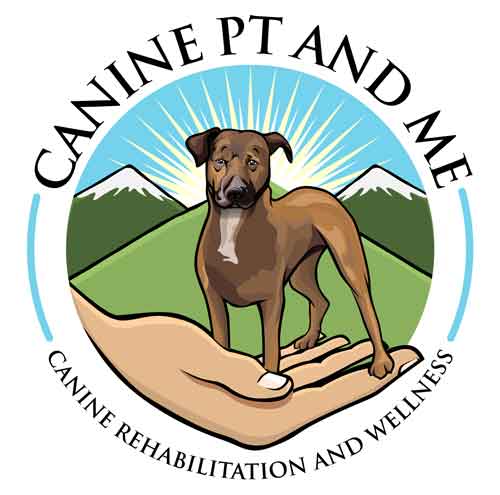Anatomy of the Back and Spine in Dogs

Intervertebral discs are equivalent to a jelly donut in between each bony vertebra of the spine. The discs are the shock absorbers, allow mobility of the spine, and cushion between the vertebrae. The outer layer is called the annulus fibrosus and it is composed of many layers of fibrocartilage. These fibrocartilaginous layers hold the inner, jelly-like substance called the nucleus pulposus. Discs break down over time and become weaker in the outer layers, which allows the gelatinous center to press against the spinal cord and nerve roots (intervertebral disc disease- IVDD).
Types of IVDD
There are two different types of IVDD: Type I and Type II.
Type I IVDD is characterized as a disc bulge or herniation where the nucleus pulposus ruptures through the fibrous layers of the annulus fibrosus. This happens because the middle portion of the disc becomes calcified over time and loses its water content. This may cause an acute or sudden incident where the dog cannot walk and this may occur anywhere along the spine. It most commonly occurs in small-breed dogs such as Dachshunds, Beagles, Shih Tzu, Basset Hounds, etc.
Type II IVDD is a progressive chronic bulging of the disc onto the spinal cord. This type may or may not be painful and commonly occurs in middle-older age large-breed dogs. Due to the progressive nature of this type of IVDD, the symptoms are not as severe as type I.
What are the Symptoms of IVDD?

Symptoms will depend if the dog has IVDD in the neck or further down the spine. Most commonly, dogs have this condition in the thoracic or lumbar spine which means their symptoms would appear in the hind end.
The most common signs and symptoms are:
- Neck or back pain depending where the disc bulge is located
- Holding the neck low and possibly unable to lift the head fully
- Limping on front or back leg
- Hunched/rounded spine
- Weakness
- Uncoordinated gait pattern
- Inability to feel hind legs
- Impaired bowel or bladder
- Inability to use/move back legs
How is IVDD diagnosed?
If your dog experiences any of these signs and symptoms, please contact your veterinarian as soon as possible. They will acquire the past medical history as well as perform a full evaluation of your dog including a neurological exam. Sometimes, imaging may be required to rule in or out IVDD since these symptoms could possibly be indicative of other neurological conditions. By taking your dog to the vet, they will determine the appropriate plan of care.
Despite the diagnosis of IVDD, the good news is that most dogs are very treatable. Getting treatment as quickly as possible is ideal to prevent further progression of symptoms. Regardless of what course of treatment you decide to take with your vet, a certified canine physical therapist will be best able to help you and your dog get back to less pain and improved functional mobility.
The next post will discuss treatment for IVDD, so keep an eye out.
